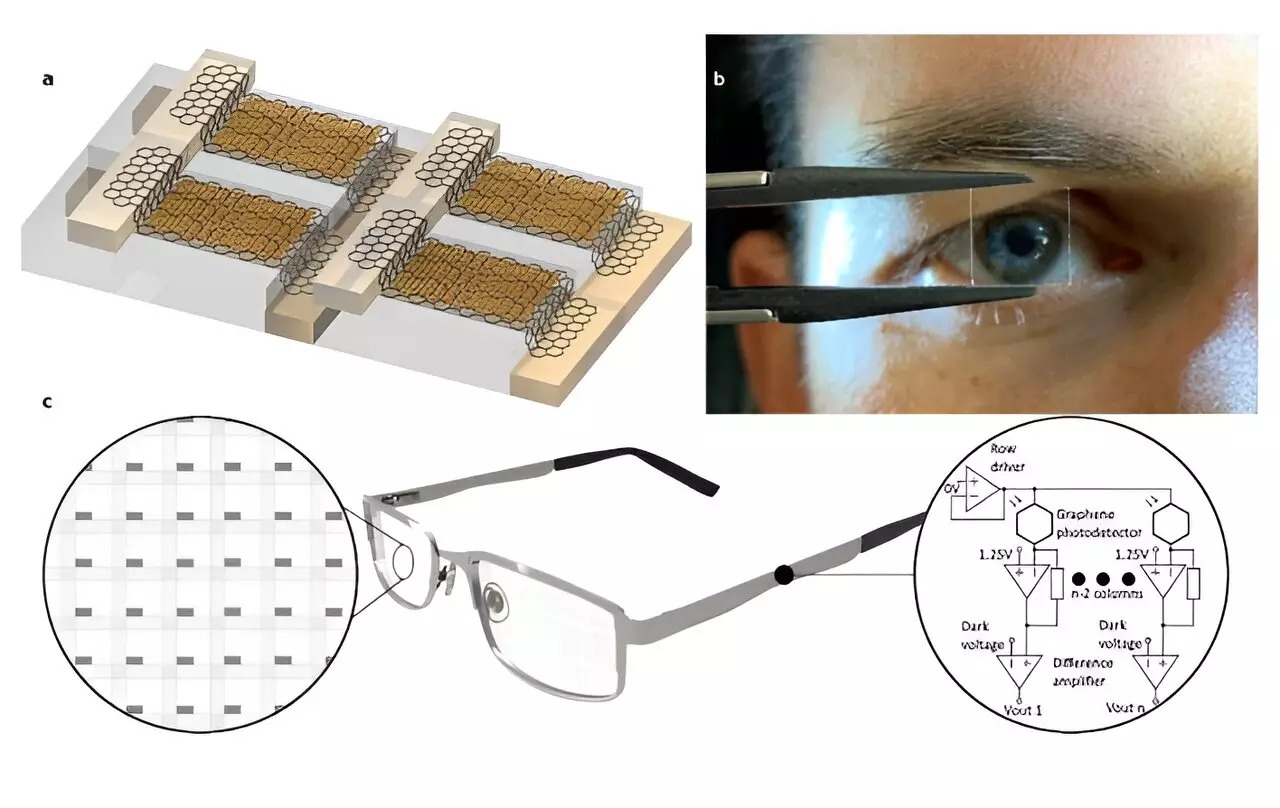A groundbreaking development in the field of eye tracking has emerged courtesy of a team of engineers at The Barcelona Institute of Science and Technology’s ICFO–Institut de Ciències Fotòniques. These innovative engineers have successfully created a revolutionary camera that is virtually transparent, allowing for seamless eye tracking without obstructing the user’s view.
Traditionally, eye tracking technology has been hindered by a significant obstacle – the devices used for tracking eye movements often obstruct the user’s field of vision. This limitation has impeded the widespread adoption and advancement of eye tracking technology across various applications such as virtual reality headsets, automotive assistance systems, and advertising analytics.
In a remarkable feat of engineering, the research team in Spain overcame this challenge by developing a camera that is nearly invisible to the naked eye. The key innovation lies in the construction of a photodetector utilizing small lead sulfide dots incorporated into graphene sheets. When exposed to photons, these dots emit electrons that generate a current across the carbon layer. As a result, the camera allows an impressive 95% of light to pass through without obstruction.
The performance of this revolutionary camera as an eye tracker has been met with promising results. With a refresh rate of 400Hz, double the rate required for producing reliable imagery, this technology showcases remarkable potential for applications in eye tracking. The researchers conducted tests by projecting greyscale patterns onto the photodetector, demonstrating its efficacy in tracking eye movements with precision.
While the transparent camera holds immense promise for integrating into standard eyeglasses or contact lenses, there are hurdles to overcome before widespread implementation. One key limitation is the lack of a lens in the photodetector, restricting its functionality to projected images. Additionally, the processing of imagery and the incorporation of a power source for the processor pose challenges that must be addressed through further research and development.
The development of a nearly transparent camera for eye tracking represents a significant leap forward in technology. With its potential applications ranging from virtual reality to advertising analytics, this innovative solution paves the way for a new era of seamless and unobtrusive eye tracking technology. The future holds immense possibilities for this groundbreaking advancement, promising to transform the way we interact with technology and the world around us.


Leave a Reply